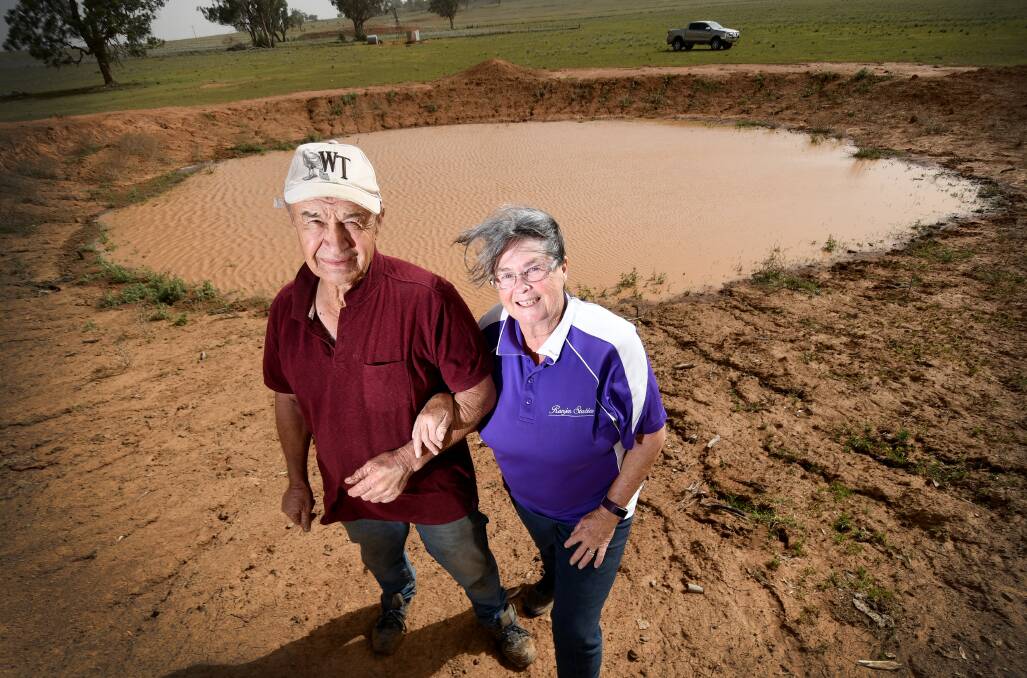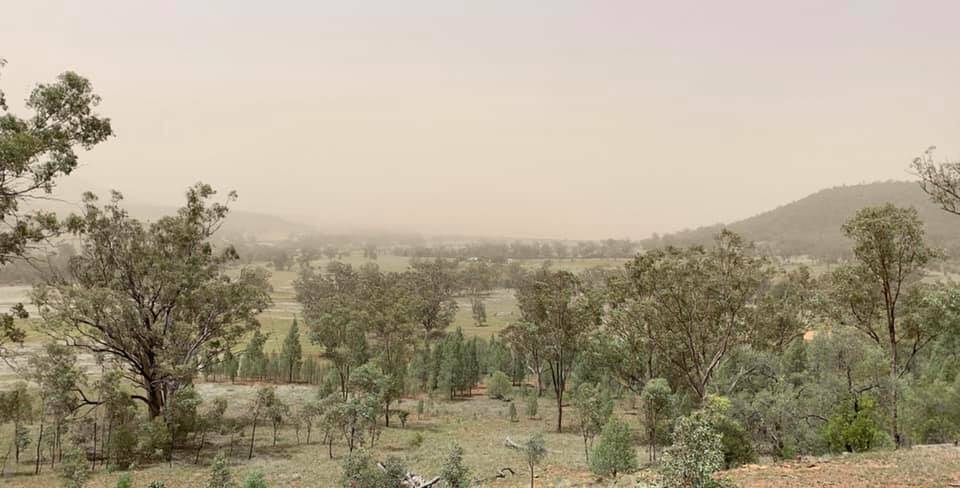
MANY in the region were celebrating – albeit perhaps quietly – this week, after they had better rain in a day and a half than any monthly total in the past year.
Subscribe now for unlimited access.
$0/
(min cost $0)
or signup to continue reading
Gunnedah was one of the clear winners in the rain stakes, with more than 70mm, but most of Glen Innes, Inverell and surrounds also soaked up more than 50mm or 60mm.
The happiness was dulled by the dust storm and strong winds at the end of the week, but it was still good news for an area that’s been in drought or on the brink of it for years.
Read also:
Tamworth’s official 44.4mm was more like 50mm for Calala’s Frank and Jenny Flissinger.
They’d cleared out their dams three months ago – a full day on a hired front-end loader at a cost of $800 – and had planted some sorghum for cattle feed the previous week, so they were thrilled with the decent fall.
It started refilling their dams, which had been empty since the start of last year, and Mr Flissinger said it would also take some pressure off the bore.

“We’ve been nursing the bore all the way through,” he said.
“A lot of people seem to think that you cop some rain and [the drought’s] all over, but it’s far from that. It’s just a bit of a reprieve.”
Mrs Flissinger said they were down to just a handful of cows, calves and one bull out of the “most divine” herd of quiet cattle, including “great mothers”.
“It’s just what’s been sent to us, and we just have to deal with it,” Mr Flissinger said.
Unfortunately, the solid falls appeared to have done little for the region’s dams.
According to WaterNSW figures at 9am Friday, Keepit was at 5 per cent of its capacity and holding steady – with a recent warning from the state body that “without further inflows, releases [were] likely to cease in December, leaving water users reliant on groundwater supplies where available”.
Split Rock was at 6 per cent and falling; and Chaffey was stable at 44 per cent, as was Copeton at 19 per cent.


